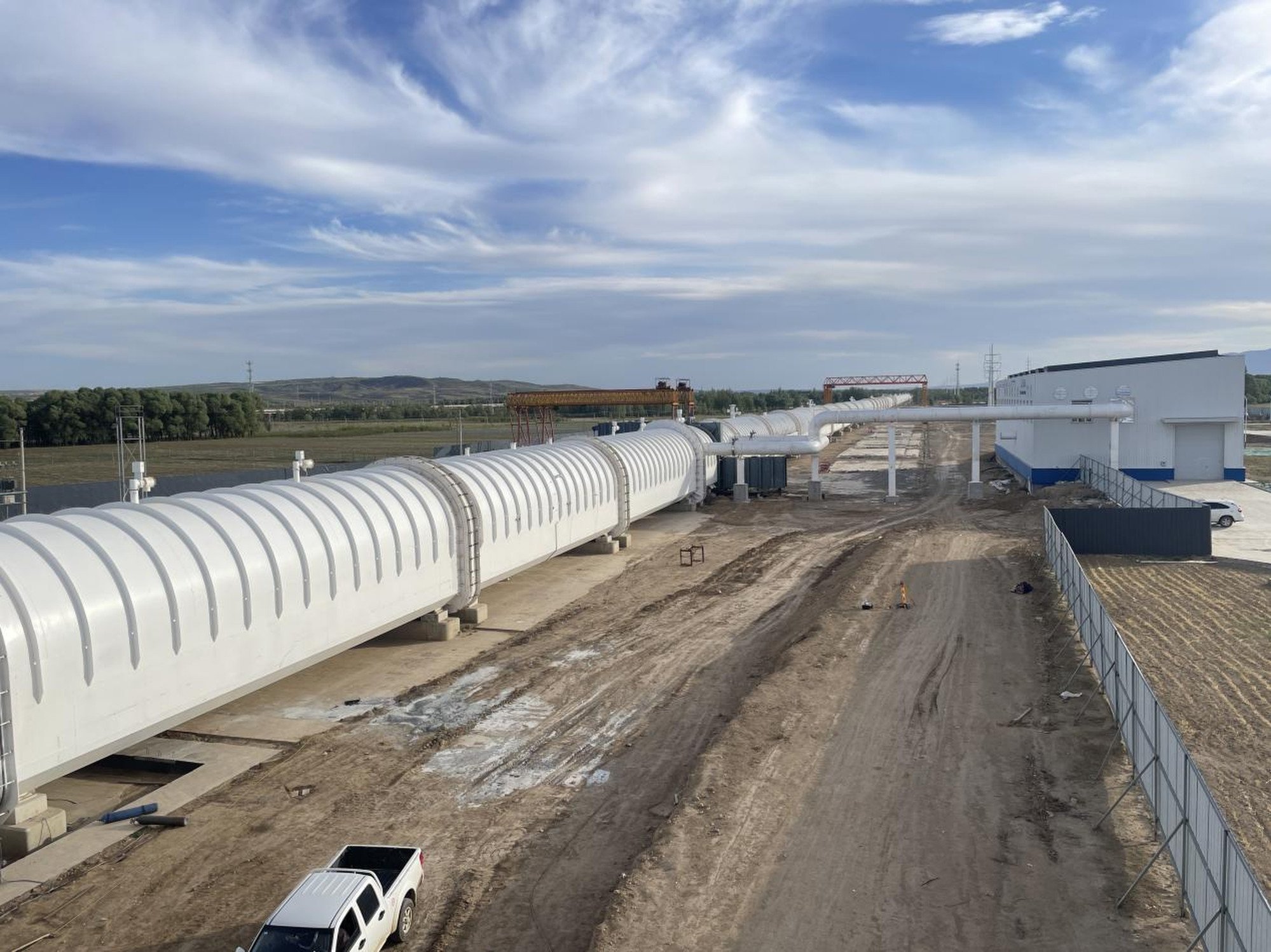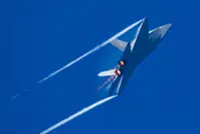Chinese engineers have overcome the hurdles that stopped the US billionaire's idea for a vacuum tube transport system in its tracks. — SCMP
For nearly two centuries, the dream of vacuum tube transport has tantalised scientists and engineers.
It is a dream that was reignited by Elon Musk in 2013 with his Hyperloop, which promised to revolutionise travel, seeing people whizz between cities at 1,000km/h (621mph).
Yet, despite the billionaire entrepreneur’s triumphs in electric cars, satellite constellations and rockets, Hyperloop floundered.
The challenges were insurmountable: a pressure differential 200 times greater than aeroplane cabins, leak-prone concrete, crippling magnetic resistance, and millimetre-perfect engineering for rail and bridges to avoid catastrophe. Hyperloop’s demise has became a symbol of Western tech hubris.
But halfway across the world, China cracked the code – and rewrote the rules.
In 2024, China unveiled a 2km (1.2-mile) maglev hyperloop test line in Yanggao County, Shanxi province. This megaproject was detailed for the first time last month in a peer-reviewed paper published in Chinese journal Railway Standard Design.
In it, Xu Shengqiao, master engineer at China Railway Engineering Consulting Group (CREC), revealed how Chinese engineers tackled Hyperloop’s nightmares with a radical fusion of low-vacuum steel-concrete tubes, AI-driven magnetic dampers, military-grade precision construction and a rich experience from other high-speed railway projects.
One of Hyperloop’s fatal flaws was its reliance on costly metal pipes. China’s solution: composite N-shaped beams combining steel shells and vacuum-sealed concrete.

Inside, the team created a labyrinth of epoxy-coated rebar and glass-fibre reinforcement to neutralise magnetic drag – a critical innovation that slashed energy loss by more than a third.
Externally, they used corrugated steel expansion joints to accommodate temperature swings, while laser-guided tension grids ensured alignment within 0.05mm across kilometres.
“Steel resists tension; concrete handles compression. Together, they form an airtight fortress,” Xu and his colleagues wrote.
Trials showed the tubes maintained near-vacuum integrity despite freezing winters and 45°C (113°F) summers – a feat once deemed impossible for concrete.
At 1,000km/h (621mph), magnetic resistance spikes exponentially. Musk’s teams struggled with eddy currents from the steel. Xu’s team re-engineered the core: superconducting coils were repositioned to optimise magnetic flux, while low-carbon steel grids replaced traditional rebar.
Laser-calibrated track modules, prefabricated to 0.1mm precision, eliminated oscillation risks.
For the void, the researchers also reinvented concrete.
Standard concrete crumbles in a vacuum. This can be solved with a mix of basalt fibres, silica fume and pre-vacuum curing, according to Xu’s team.
Trials proved the team’s concrete could withstand decades of near-vacuum pressure without cracks.
On July 22, 2024, the Chinese scientists and engineers made history. In a low-vacuum tube, a vehicle accelerated to a high speed, hovered flawlessly at 22cm, and navigated a 2km track with near-zero deviation.
Fibre-optic sensors in the tube walls detected micro-movements, triggering real-time adjustments to superconducting currents. Emergency airlocks and pressure-resistant cabins addressed the safety fears that had haunted Hyperloop.
“This trial represents an international milestone as the first integrated validation of a superconducting electrodynamic suspension system targeting speeds of 1,000km/h in a low-vacuum environment, successfully demonstrating multiple mission-critical technologies at the systemic level,” Xu’s team wrote.
Musk’s vision died from its complexity. China’s approach is modularity. Prefabricated tube sections are mass-produced, slashing costs by 60%. Distributed vacuum pumps cut energy use, while AI algorithms predict maintenance needs.
The Chinese project was not limited to a lab experiment – it is a scalable system with length expansion planned for the coming years, according to the researchers.
Xu’s team credits lessons from China’s high-speed railway empire: automated welding rigs, millimetre-level surveying and crash-test rigour.
Yet hurdles remain. Commercialising 1,000km/h transit demands hundreds of billions of yuan for a Beijing-Shanghai line – a gamble even for China. Thermal expansion in longer tubes and passenger emergency protocols are still untested.
But the message is clear: for Musk’s abandoned dream, China is writing a second ending. And this one might just stick. – South China Morning Post





